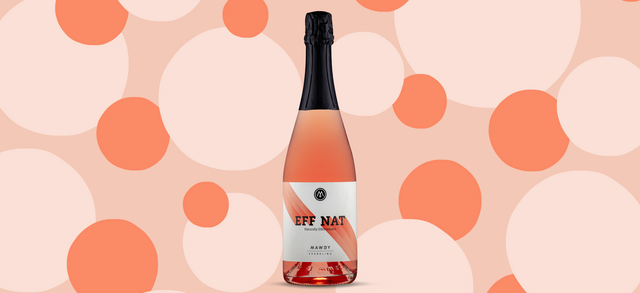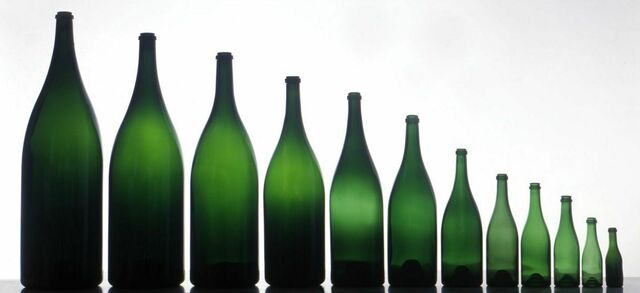
Waves & Wines: The Best Wine for the Beach from MAWBY & bigLITTLE
3 min read
Summertime in Northern Michigan means capitalizing on every minute of good weather we get! When the sun is shining and the patio is calling, nothing beats the crisp fizz of a chilled sparkling wine cocktail. Whether you’re lakeside with friends, setting the table for a backyard brunch, or simply looking to elevate a Tuesday, these easy, effervescent drinks make summer feel like a celebration.
Learn More3 min read
2 min read
2 min read
2 min read
2 min read
3 min read
4 min read
2 min read
3 min read
2 min read
2 min read
2 min read









